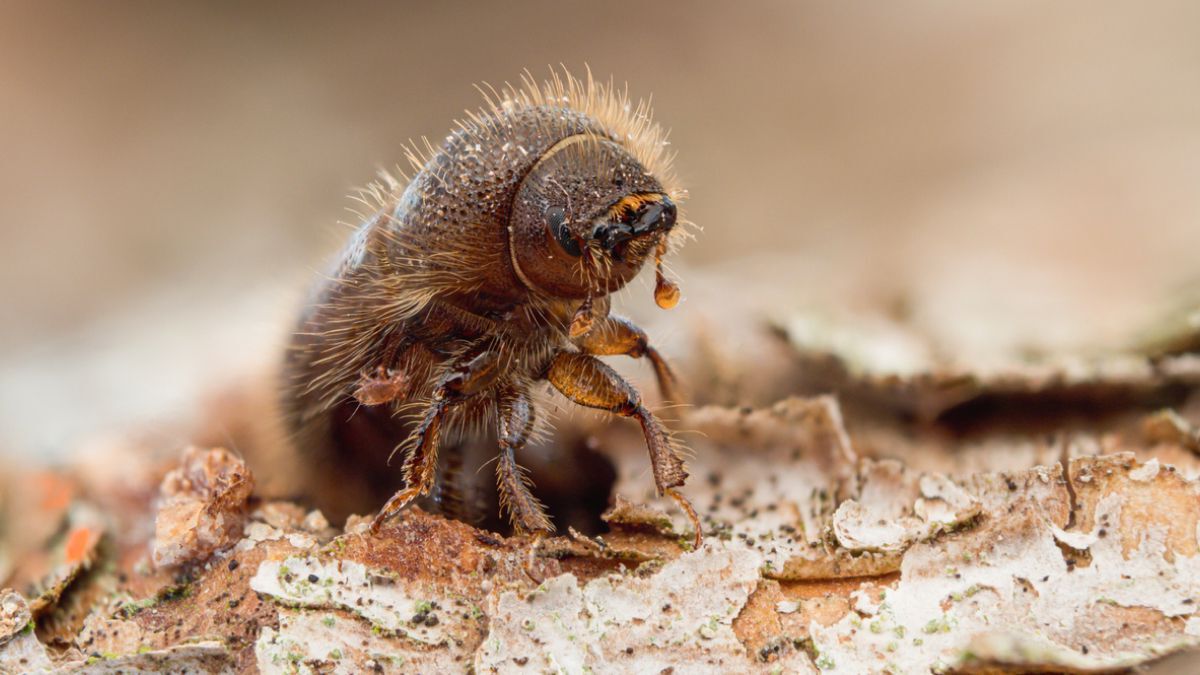
Invasive species are plants, animals, or other organisms that are not native to a specific location and cause harm to the environment, economy, or human health. These species often spread rapidly, outcompeting native species for resources and altering ecosystems. Why should you care about invasive species? They can disrupt local ecosystems, leading to the decline or extinction of native species. They also impact agriculture, fisheries, and forestry, costing billions in damages and control efforts. Understanding the impact of invasive species is crucial for protecting biodiversity and maintaining healthy ecosystems. Let's dive into 22 facts that will help you grasp the significance of these unwelcome invaders.
What Are Invasive Species?
Invasive species are non-native plants, animals, or microorganisms that spread rapidly and cause harm to the environment, economy, or human health. These species often outcompete native species for resources, leading to significant ecological disruptions.
-
Invasive species can be plants, animals, or microorganisms. They come in many forms, from tiny bacteria to large mammals, and can invade various ecosystems.
-
They often arrive through human activities. Global trade, travel, and transportation are common ways invasive species hitch a ride to new locations.
-
Invasive species can cause economic damage. They can affect agriculture, fisheries, and forestry, leading to billions of dollars in losses annually.
Examples of Invasive Species
Certain species have gained notoriety for their invasive nature. Here are some well-known examples:
-
Kudzu vine in the United States. Originally from Japan, this plant grows rapidly and can smother trees and structures.
-
Asian carp in North America. These fish outcompete native species for food and habitat, disrupting local ecosystems.
-
European starling in North America. Introduced in the 19th century, these birds compete with native species for nesting sites and food.
Impact on Native Ecosystems
Invasive species can drastically alter native ecosystems, often with devastating effects.
-
They can lead to the extinction of native species. By outcompeting or preying on native species, invasives can drive them to extinction.
-
Invasive plants can change soil chemistry. Some plants release chemicals that alter soil composition, making it difficult for native plants to grow.
-
They can disrupt food webs. Invasive species can alter the balance of predator and prey relationships, affecting the entire ecosystem.
Human Health Risks
Invasive species aren't just an environmental issue; they can also pose risks to human health.
-
Some invasive species carry diseases. For example, the Asian tiger mosquito can transmit diseases like dengue fever and Zika virus.
-
They can cause allergic reactions. Plants like giant hogweed can cause severe skin irritation and burns upon contact.
-
Invasive species can contaminate water supplies. Zebra mussels, for instance, can clog water intake pipes and affect water quality.
Control and Management
Managing invasive species is a complex task that requires coordinated efforts.
-
Early detection is crucial. Identifying and addressing invasive species early can prevent them from becoming established.
-
Physical removal is one method. This can involve manually removing plants or trapping animals, though it can be labor-intensive.
-
Chemical treatments can be effective. Herbicides and pesticides can control invasive species, but they must be used carefully to avoid harming native species.
-
Biological control uses natural predators. Introducing predators or diseases that specifically target invasive species can help control their populations.
Prevention Strategies
Preventing the introduction of invasive species is often the most effective strategy.
-
Strict regulations on imports. Many countries have regulations to prevent the import of potentially invasive species.
-
Public awareness campaigns. Educating the public about the risks of invasive species can help prevent their spread.
-
Cleaning equipment and gear. Ensuring that boats, hiking gear, and other equipment are clean can prevent the accidental spread of invasive species.
Success Stories
Despite the challenges, there have been successful efforts to control invasive species.
-
Eradication of the brown tree snake in Guam. Efforts to control this invasive snake have helped protect native bird populations.
-
Restoration of native plants in Hawaii. Removing invasive plants has allowed native species to recover and thrive.
-
Control of the emerald ash borer in North America. Biological control methods have helped reduce the impact of this invasive beetle on ash trees.
The Impact of Invasive Species
Invasive species can wreak havoc on ecosystems, economies, and even human health. They often outcompete native species for resources, leading to declines or extinctions. This disruption can cause a domino effect, impacting everything from plant life to animal populations. Economically, invasive species can cost billions in damage and control efforts. For example, the zebra mussel has clogged water intake pipes, affecting industries and municipalities. Human health isn't spared either; some invasive species can spread diseases or cause allergic reactions. It's crucial to stay informed and take action to prevent their spread. Simple steps like cleaning hiking boots, boats, and pets can make a big difference. By understanding the impact of invasive species, we can better protect our natural world and maintain biodiversity. Let's all do our part to keep ecosystems balanced and thriving.
Was this page helpful?
Our commitment to delivering trustworthy and engaging content is at the heart of what we do. Each fact on our site is contributed by real users like you, bringing a wealth of diverse insights and information. To ensure the highest standards of accuracy and reliability, our dedicated editors meticulously review each submission. This process guarantees that the facts we share are not only fascinating but also credible. Trust in our commitment to quality and authenticity as you explore and learn with us.


